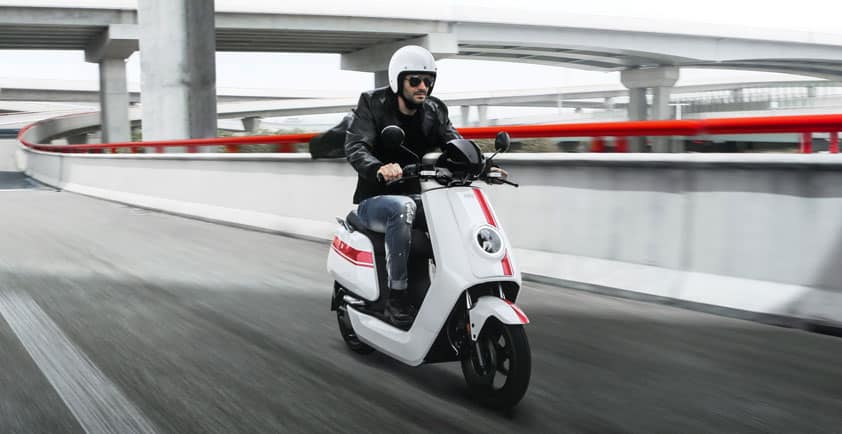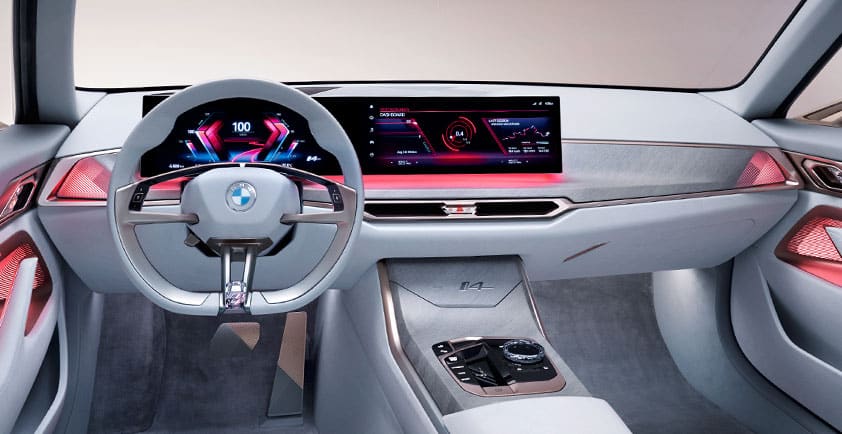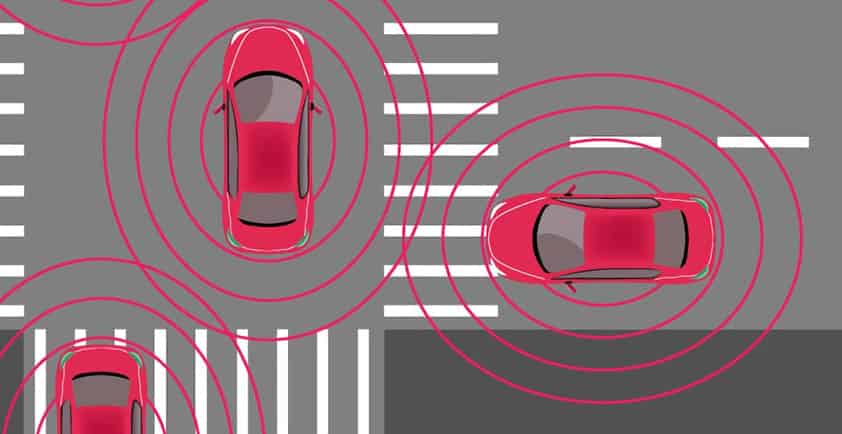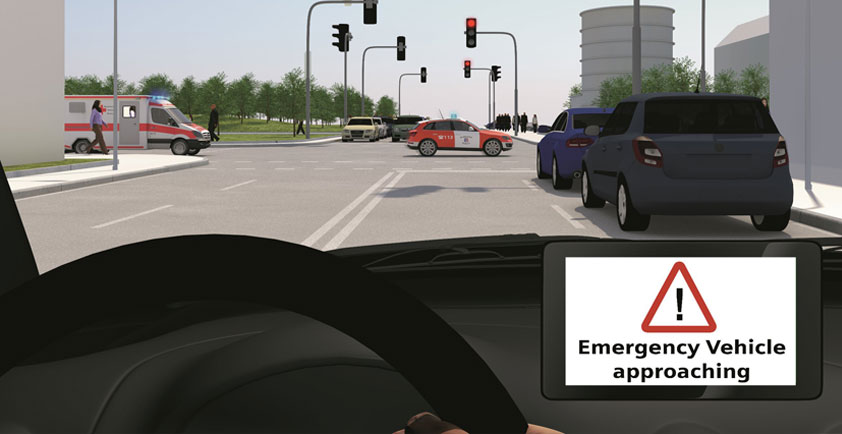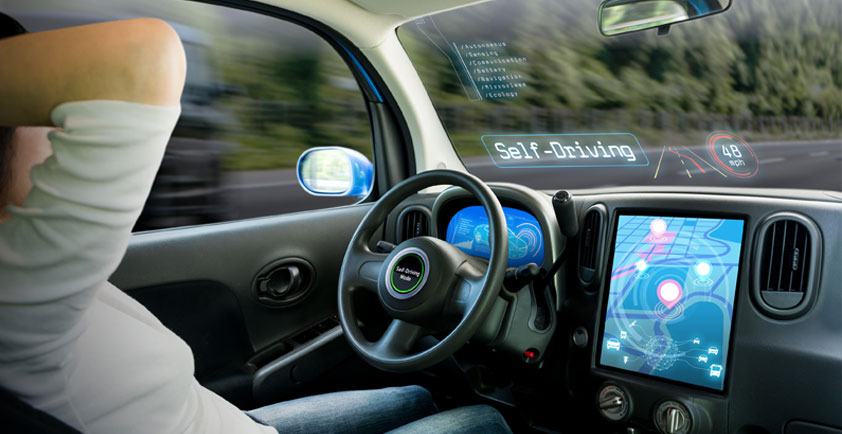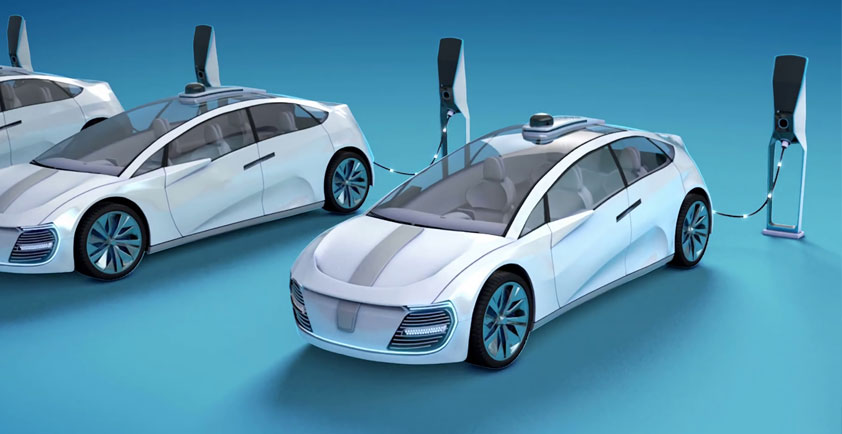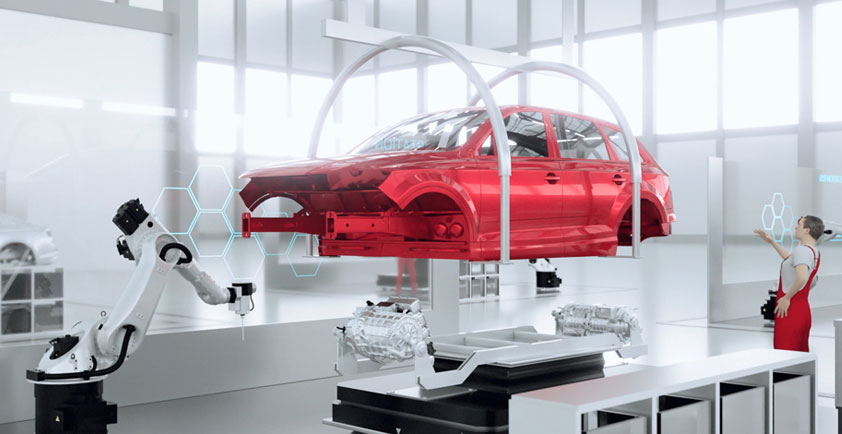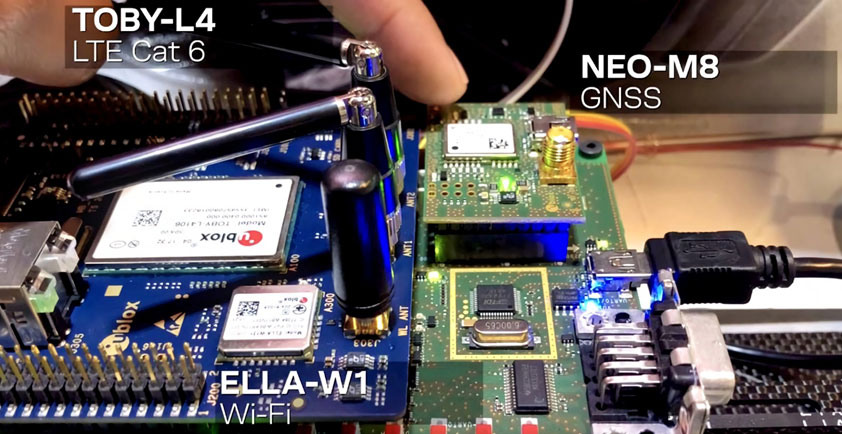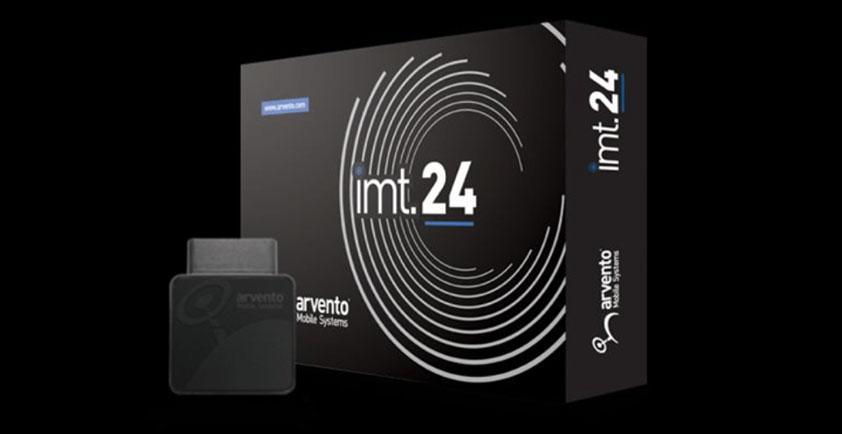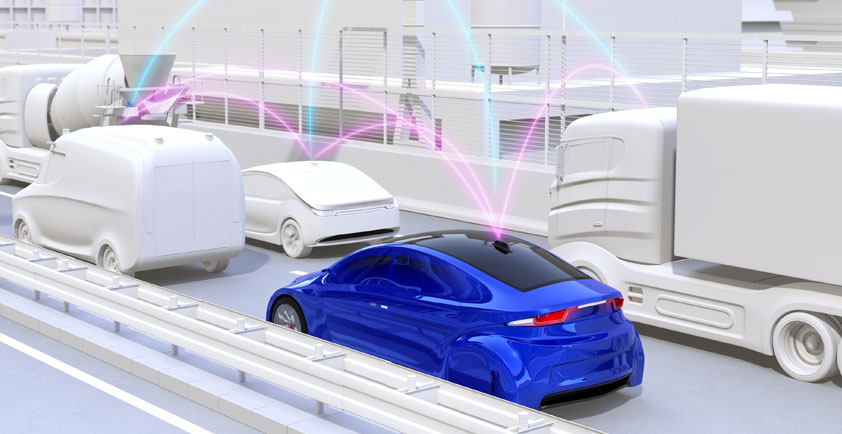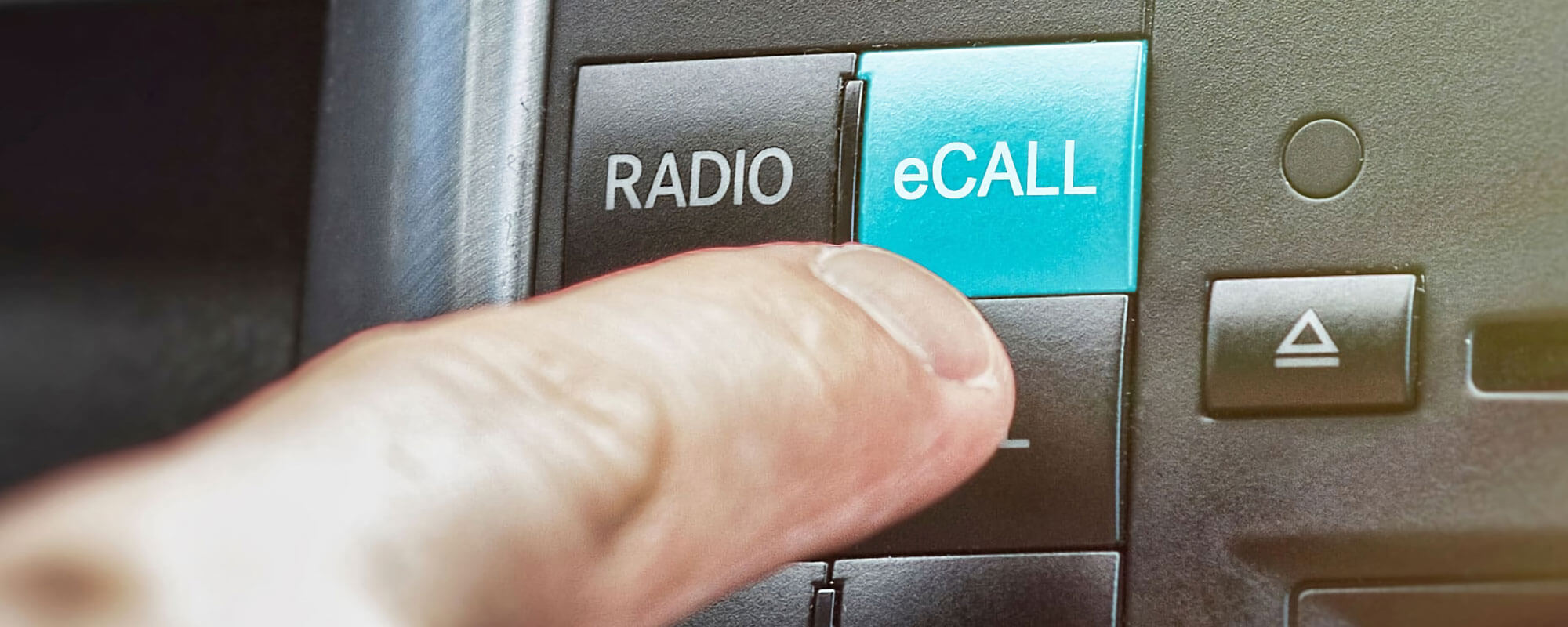

eCALL: WHAT IF YOUR CAR COULD CALL FOR HELP?
The past decades have seen a drastic drop in the number of road fatalities, thanks to a growing number of onboard safety features, from seatbelts to airbags to more recent lane departure warning systems. But even on the European road network, the world’s safest, over 25,000 people continue to lose their lives each year. In addition, another 135,000 more are severely injured.
In the event of a severe accident, every minute counts. Delays can spell the difference between life and death. The situation is most dire for those that lie incapacitated in their vehicles, unable to reach for their phones, especially if they happen to be in the countryside, on a rarely frequented road. So what if, instead, your car could call for help?
The time bought would have a huge impact. By firing off the call for help with no delay, and unambiguously sending the location, rescue teams could be on site 40% faster in urban areas, 50% faster in the countryside, says the EU’s Internal Market and Consumer Protection Committee in a press release. An estimated 2500 lives could be spared, countless injuries could be addressed more swiftly, and the cost to society could be reduced by 20%.
This idea, long in the making, became a requirement across Europe and Russia in April 2018. Since then, all new cars and light vans sold must be fitted with automated emergency call systems, which can be automatically triggered by the deployment of an airbag, or manually, using buttons integrated into the dashboard.
Saving lives with and without a mandate
In the event of an accident, these systems, referred to as eCall in Europe and ERA‑GLONASS in Russia, automatically place a voice call to the relevant emergency number. In the process, they send a data packet of vital information to rescue services, including the vehicle’s position, whether the call was automatically or manually triggered, the vehicle type, the direction of travel, and, optionally, the number of passengers.
Given the obvious benefits of the service, many auto‑makers around the world didn’t wait for a mandate to implement emergency call services in their fleets. While the end‑goal, saving lives, is common to all the solutions currently on the market, the absence of internationally aligned standards and differences in each region’s legal landscape has led to diverse set of approaches, all designed to achieve the same objective.
Take the US, where emergency call is typically offered as a proprietary service. As in Europe, they are bundled with a minimum data set of information used to help speed up rescue operations. A key difference is that, because auto‑dialing E‑911 (enhanced 911) generally is prohibited, in‑coming calls are typically screened by specialized call centers before they are forwarded to local emergency services when necessary.
The situation is similar in China, where normal voice calls are placed to a call center, from which they are routed to rescue services when required. Japan, on the other hand, is closer to a standardized solution, in which a TCP/IP‑based call is placed, in parallel to the voice call, and a data package containing the vital data is pushed through.
The data ultimately relayed to emergency services all serve the same purpose; to give a precise location of the accident as well as information on make, model, and color of the car for quick identification in addition to basic parameters of the crash (if triggered by an Airbag deployment). The voice call is regarded as optional, the data packet will trigger any emergency actions, but actually talking to the occupants of the vehicle can provide additional information in addition to help reassure them that help is on the way.
Connected by law
Regardless of the details of their implementation, in‑vehicle eCall systems are all built on the same foundation: a GNSS receiver used to detect the vehicle’s precise position, and a cellular communications module with an in‑band modem or TCP/IP data mode capable of sending data alongside an audio call, e.g. as provided by the u‑blox SARA‑G3 modem series.
And given that Russia’s ERA‑GLONASS and Europe’s eCall service are required by mandate, all new vehicles to come off the assembly line to be shipped to Europe are connected cars! Not only that, the infrastructure that enables these services forms the backbone of new, high value services, such as bCall, for breakdown services, and why not add cCall for concierge services, offering select vehicle owners anything from valet parking to tickets to the opera.
Author: Stefan Gudmundsson - Director Product Strategy, u‑blox
